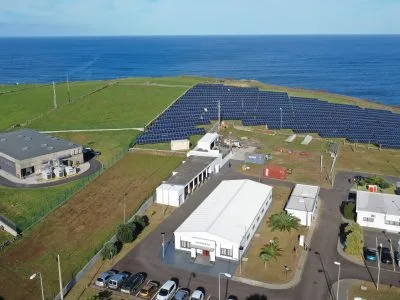Residential Energy Storage Financing Is Yet To Grow
Energy storage funding is on the rise reaching around $400 million by May 2017, compared to almost $800 million in 2016. Although the financing is aimed almost entirely at commercial projects, there are lenders that start to cover residential storage. According to Brett Simon, a behind-the-meter storage analyst at GTM Research, most financiers look for an internal rate of return and in some cases the project must featured also a contracted revenue stream. Most non-residential projects furthermore include a demand-charge management.
At the moment, funding for residential storage in the U.S. almost doesn’t exist because this backup method is still more expensive than using diesel generators and can hardly bring revenues. Solar self-consumption and storage can be financially effective in markets, like Hawaii, Germany and Australia – with high electricity prices and some compensation for excess solar generation. As the home storage market grows further, more an more companies will start offer financing and it will move toward cash and loan deals to bring more value for the consumer.
Technology risk is always a big concern for investors, but nowadays, lithium-ion technology is considered low risk and vendors have enough information and experience to offer performance and full warranties. Some of the major providers are companies like LG Chem, Samsung and Tesla. On the other hand, new lithium-ion alternatives like flow batteries, are still considered a technology risk due to limited data available.
If you want to know more about this and other topics directly from end users of energy storage technologies join us at one of these annual events: The Energy Storage World Forum (Grid Scale Applications), or The Residential Energy Storage Forum, or one of our Training Courses.



